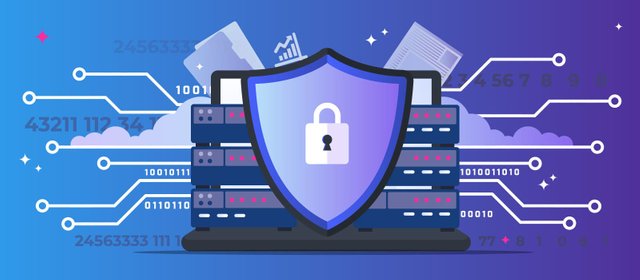Contest - Simplified Explanation of How Blockchain Works
Greetings to all! I trust you are all doing well and embracing the blessings of life from the Almighty. I am delighted to partake in the contest hosted by @khursheedanwar, focusing on the topic "Understanding the Basics of Blockchain Operation." Let's dive into it!
How generally a blockchain work?
Imagine a blockchain as a digital ledger, like a big record book that keeps track of transactions. Here's how it works:
Transactions: Whenever someone wants to make a transaction, like sending or receiving digital money, it gets recorded in the ledger.
Blocks: These transactions are grouped together into blocks. Each block contains a list of transactions, sort of like a page in the ledger.
Linking Blocks: Each block is then linked to the previous one, creating a chain. That's why it's called a "blockchain."
Security: Now, here's where it gets interesting. The information in each block is protected by something called cryptography, which makes it very difficult for anyone to change or tamper with the information.
Decentralization: The ledger is not stored in one place, but on many computers all over the world. This makes it very secure because it's not controlled by any single person or organization.
Consensus: When a new block of transactions is added to the chain, all the computers in the network agree that it's valid. This agreement is called consensus.
Immutability: Once a block is added to the chain, it's almost impossible to change its contents. This makes the blockchain very reliable for keeping records.
So, in simple terms, a blockchain is like a super secure and transparent digital record book that keeps track of transactions, and it's managed by a big network of computers all working together.
Who is involved in operating a blockchain and how much blockchain provides security?
Participants in Operating a Blockchain:
Nodes: Computers or servers in the blockchain network.
Miners: In some blockchains, responsible for creating new blocks and securing the network.
Developers: Create and maintain the blockchain software and protocols.
Users: Individuals or entities who transact on the blockchain.
Security Provided by Blockchain:
Cryptographic Security: Advanced techniques secure transactions and data.
Decentralization: No central point of failure, resistant to attacks and tampering.
Consensus Mechanisms: Ensure agreement on the validity of transactions.
Immutability: Once added, it's difficult to change block contents.
Blockchain provides high security through cryptographic techniques, decentralization, consensus mechanisms, and immutability, making it resistant to fraud, tampering, and unauthorized access.
How consensus mechanism in Steem blockchain is working for achieving agreement among its users?
In the Steem blockchain, a group of trusted individuals called "witnesses" are chosen to create and confirm new blocks of transactions. These witnesses are selected through a voting process by people who own Steem tokens. When a witness creates a block, others check and agree that it's valid. This system allows for faster transactions and agreement among users about the validity of the blockchain transactions.


Nice post, you have good knowledge about Blockchain system technology. The consensus mechanism is defined very beautiful. Your post have sublimity in it, keep it up.
Wish you best of luck in the contest.